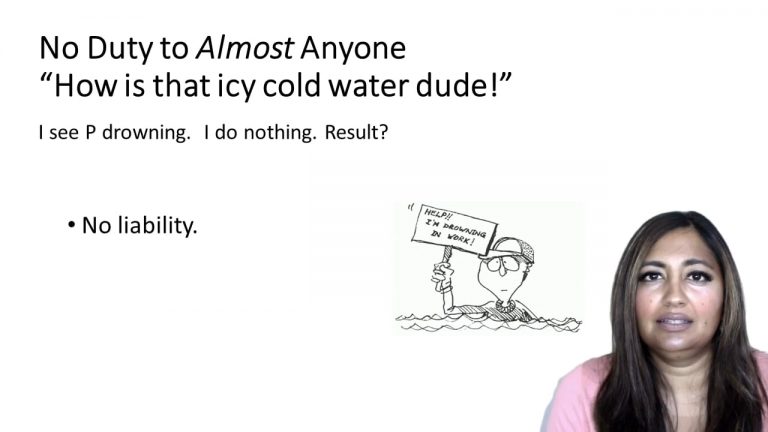SmartBrief
Confirm favorite deletion?
Torts keyed to Robertson
Satterfield v. Breeding Insulation Co.
Citation:
Supreme Court of Tennessee, 2008. 266 S.W.3d 347.Facts
The Defendant, Breeding Insulation Co. (Alcoa), was an international manufacturer of aluminum and aluminum products. The Defendant used materials containing asbestos in many of its manufacturing operations. The Defendant was aware since the 1930s that asbestos was a highly dangerous subject and had closely monitored research about its dangers. In the 1940s, the Defendant became aware that the air in its factories contained asbestos fibers in high quantities and that its employees were regularly exposed to these fibers on a daily basis.
In the 1960s, the Defendant became aware that dangers posed by asbestos went beyond just its employees that were in direct contact with the materials containing asbestos. They became aware that people living near facilities with high use of these materials are experiencing higher disease rates as were the family members of its employees who were being exposed to asbestos fibers regularly because of the fibers on their work clothes.
In 1972, the Occupational Safety and Health Administration (OSHA) made regulations prohibiting employees who had been exposed to asbestos from taking their work clothes home to be laundered. Tests showed that levels of asbestos fibers on the workers’ clothes were very high. In 1973, the Plaintiff, Satterfield, started working at one of the Defendant’s facilities. He worked at the facility for roughly eight years and his work resulted in exposure to high levels of asbestos fibers on a daily basis.
The Defendant failed to educate the Plaintiff and the rest of its employees on the OSHA regulations or the risks regarding asbestos or how to handle containing it. The Defendant specifically failed to inform the Plaintiff or its other employees of the dangers of the dangers associated with wearing home their asbestos-contaminated work clothes. Additionally, the Defendant failed to give its employees protective coveralls or to offer to launder its employees work clothes at its facility.
The Plaintiff’s daughter, Amanda Satterfield, was born in 1979. Amanda contracted mesothelioma from exposure throughout her life to asbestos fibers on her father’s work clothes. Amanda died from mesothelioma at the age of 25. Amanda originally brought suit, but her father stepped in on her behalf after her death.
Only StudyBuddy Pro offers the complete Case Brief Anatomy*
Access the most important case brief elements for optimal case understanding.
*Case Brief Anatomy includes: Brief Prologue, Complete Case Brief, Brief Epilogue
- The Brief Prologue provides necessary case brief introductory information and includes:
Topic:
Identifies the topic of law and where this case fits within your course outline.Parties:
Identifies the cast of characters involved in the case.Procedural Posture & History:
Shares the case history with how lower courts have ruled on the matter.Case Key Terms, Acts, Doctrines, etc.:
A case specific Legal Term Dictionary.Case Doctrines, Acts, Statutes, Amendments and Treatises:
Identifies and Defines Legal Authority used in this case.
- The Case Brief is the complete case summarized and authored in the traditional Law School I.R.A.C. format. The Pro case brief includes:
Brief Facts:
A Synopsis of the Facts of the case.Rule of Law:
Identifies the Legal Principle the Court used in deciding the case.Facts:
What are the factual circumstances that gave rise to the civil or criminal case? What is the relationship of the Parties that are involved in the case.Issue(s):
Lists the Questions of Law that are raised by the Facts of the case.Holding:
Shares the Court's answer to the legal questions raised in the issue.Concurring / Dissenting Opinions:
Includes valuable concurring or dissenting opinions and their key points.Reasoning and Analysis:
Identifies the chain of argument(s) which led the judges to rule as they did.
- The Brief Prologue closes the case brief with important forward-looking discussion and includes:
Policy:
Identifies the Policy if any that has been established by the case.Court Direction:
Shares where the Court went from here for this case.

 17m 8s
17m 8s